Fossils are evidence of past life. Fossils that have been found and placed into chronological order, are part of “The Fossil Record.” Scientists examine the fossil record for patterns that indicate when ancient organisms lived, and how they are related. Fossils found in rock at the bottom of a sequence of layers are older than the fossils found near the top of the sequence.
To better understand the fossil record…
LET’S BREAK IT DOWN!
Evidence of Past Life
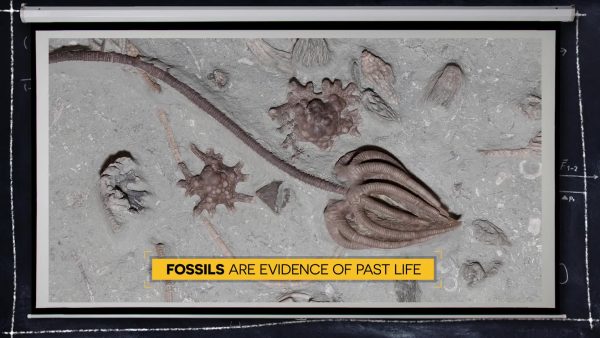
Anything that is evidence of past life is a fossil, such as bones, footprints, and shells. Some fossils are trace fossils, that tell about an organism’s activity while it was alive. Examples of this are footprints, burrows, or even fossilized poop! Body fossils are the remains of animals and plants or parts of animals and plants. Examples of body fossils include bones, teeth, shells, and imprints of bark and leaves. When living things die, they decompose, however, under the right circumstances, the organism becomes trapped, rapidly buried, and compressed in sediment allowing remains or traces to be preserved.
The Fossil Record
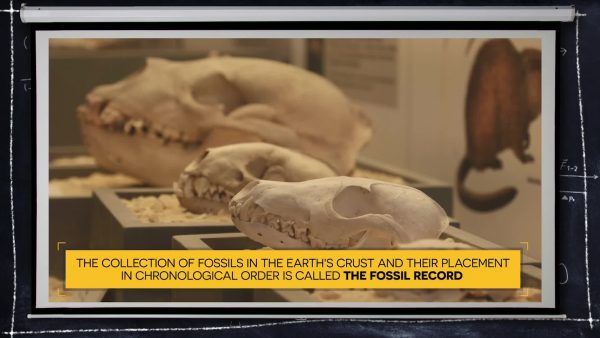
All of the fossils collected over time and arranged in chronological order are known as the fossil record. The fossil record provides evidence that past life existed and how some living things changed over long periods of time (evolved), allowing them to survive changing environments. The fossil record spans millions and millions of years. Scientists look for patterns in the fossil record to make predictions about which organisms descended from others, how groups of organisms changed over time, and how the Earth’s atmosphere changed the types of plants and animals that were able to survive over long periods of time.
Formation of Fossils
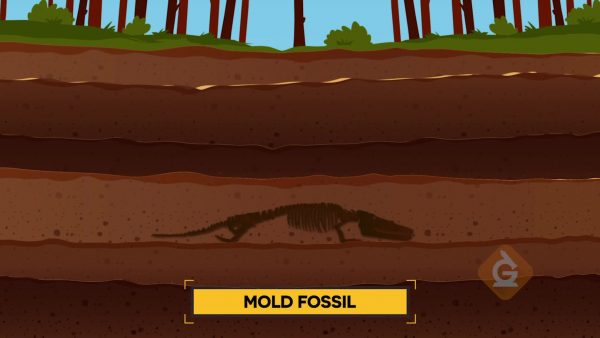
There are many different ways fossils form. Fossil molds are the most common. Molds form when buried remains of plants and animals decompose and/or dissolve leaving a space in the rock. These spaces may preserve the texture of remains (ridges on shells, for example). Sometimes, these molds may fill with minerals deposited by groundwater flowing through the rock or sediments that later harden. The mineral crystals and sediment take on the shape of the original remains and are called casts. Trace fossils can also be molds and casts. Most dinosaur bone fossils form in a different way; the bone matter is replaced by mineral crystals bit by bit. The resulting fossil retains all of the original structures of the bone; this is why they still look like bones even millions of years later. Insects can be preserved by becoming trapped in tree sap. The hardened tree sap is known as amber.
Fossils Exposed by Natural Events
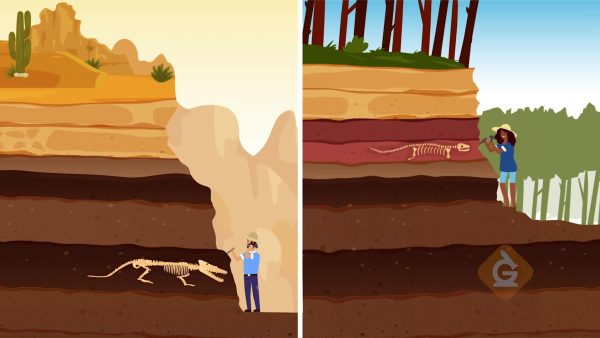
Fossils can be buried and compressed within layers of sedimentary rock. Paleontologists look for fossils in areas where ancient environments provided the right conditions for fossil formation such as the shores of lakes, rivers, and oceans. Sometimes paleontologists dig for fossils but more often fossils are exposed by geologic processes such as weathering and erosion. Dinosaur National Monument is located in Utah where the hot and dry climate contributed to erosion of sediment by wind, exposing dinosaur fossils. Mountain-building and earthquakes can also reveal fossils that were previously buried deep below the Earth.
Transitional Fossils
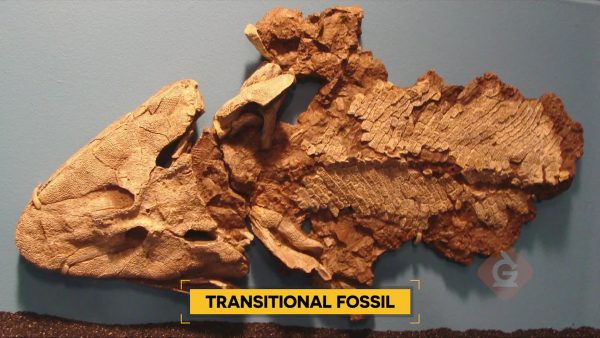
Transitional fossils are fossils that provide evidence organisms may have transitioned from water to land. An example of this is the Tiktaalik fossil. It has fins and gills like a fish, but it also has leg bones and lungs like a land mammal. These fossils are important because scientists examine the fossil record for patterns, or similarities and differences over time, to tell them more about how and when organisms may have lived. Because nobody alive today was alive when these organisms were, scientists can only make predictions based upon the evidence from the fossil record.
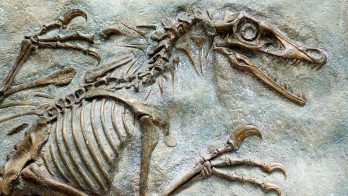
































































































































 Select a Google Form
Select a Google Form









